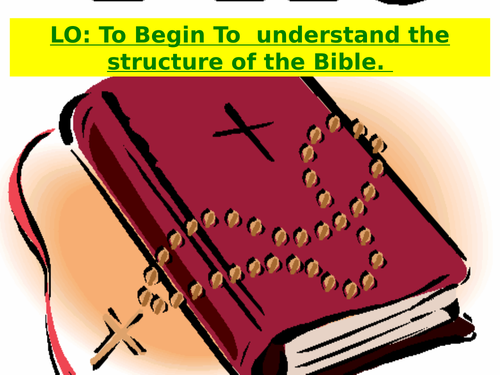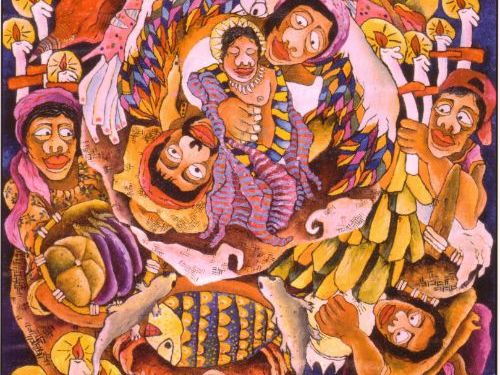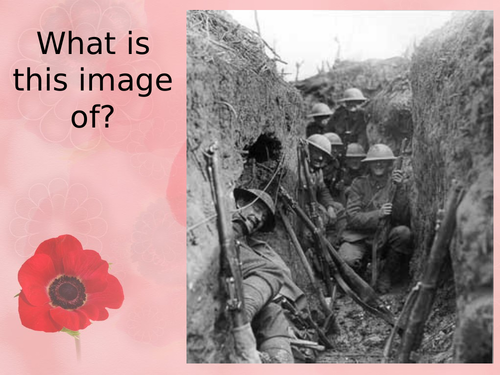407Uploads
124k+Views
41k+Downloads
All resources

Fables Myths Legends planning Powerpoints Year 6 Literacy Welsh legends
Three weeks of plans.
You get powerpoints.
Looks at myths particularly Robin Hood and Welsh legends
You get plenty of resources.
Sample:
Ask the children to TTYP and name some famous legends.
Come back together and discuss (King Arthur, Robin Hood etc).
Ask children what they think are the features of a legend?
Establish that myths and legends are very similar but that Although legends often include mythical beings and supernatural events, their narrative spine is more closely connected to the real world of human history. The events in legends tend to seem more likely and less fictionalised than those in myths.
Legends are usually based on real characters and events, even though these have been richly embellished and exaggerated over time. This gives the narrative an exciting quality because all the events seem to be within the realm of possibility even when the plot has become so widely adapted or updated that it is completely fictional.
The plot of a legend usually focuses on an individual character, a cultural hero or a person respected and remembered (Jason, King Arthur, Robin Hood, William Tell, Roland) but there are also legends about places (Atlantis, Shangri-La), objects (the Holy Grail, the Philosopher’s Stone) and legendary animals (the Yeti, Loch Ness monster, Sasquatch, Chupacabra).
Make a checklist for the working wall ‘Features of legends’ to include:
Plot focuses on hero, struggle between hero and villain, journeys, rich vocabulary, imagery, metaphor, a more human story.
Read ‘Robin Hood: Outlaw with a sense of humour’ from Hamilton Trust resources page 9.
Make a list of attributes a hero, villain and side-kick should have in a legend
HA: describe all 3 types of character, include more detail, use complex sentences (with, who, when – model for children)
MA: write about all 3 characters – IR to support
LA: make a character description of Robin Hood – mind map vocabulary first then write 5 good sentences about him.
JS support

Matilda Roald Dahl Day Literacy Year 6 Planning Powerpoint Setting Descriptions
My planning for teaching Matilda in Year 6.
Nice planning and powerpoint.
Great to adapt for your personal planning.
sample planning :

33 Worksheets for Guided Reading Questions Year 5 Roald Dahl etc
33 worksheets I have used for guided reading.
Please look at the piccie to get an idea of the books used.
There’s Roald Dahl.
It;s important that kids have some written record of what they have done in guided reading. This is good evidence
I’ve linked them to app targets.
Feel free to adapt. Just cut and paste the text questions.

Ted Hughes Iron Man Planning and Worksheets
Some nice files on this interesting topic.
About a dozen word documents with planning.
A couple of useful adobe files.
Worked well in my classroom!

Six Powerpoints Explaining the Early Books of the Bible Religion
6 Powerpoints on the early books of the bible.
Plus Planning and worksheets.
Stuff on Cain and Abel etc

RE Christmas lesson Four Powerpoint and Planning Catholic Flavour
Lesson four in my nice Christmas unit.
Please look at the others to get the idea.
Nice powerpoint ion this one.

Christmas Powerpoint Free Freebie Lesson Taster Advent Religious Studies
A freebie.
A nice powerpoint on the religious aspect of Christmas.
I’m hoping to interest you in buying my series of Christmas lesson on R.E.

RE Christmas lesson Three Powerpoint and Planning Catholic Flavour
Lesson Three in my series on Advent and Christmas.
Nice powerpoint and planning

RE Christmas lesson Two Powerpoint and Planning Catholic Flavour Advent
Second in my series for Christmas.
Nice powerpoint and planning.

RE Christmas lesson One Powerpoint and Planning Catholic Flavour
I’m putting up a series of lesson for Christmas.
RE themed.
Catholic flavour.
You get a nice powerpoint.
Plus some planning and worksheets.
I’ll put up the others if there is demand.

Christmas Resources Powerpoint PDF Files Word Documents
Lots of great planning from my teaching career in Primary schools.
Nice powerpoints.
Nice fun stuff too.
Good value as you get a lot of stuff.
I taught from Reception to year 6 so something for everyone.

Anti Bullying Week Materials Citizenship Assemblies Powerpoints Word Documents
From my schools.
Anti Bullying week stuff.
Lots of powerpoints and word documents.
Great springboard for your ideas. Adapt for your school. Great for assemblies.

Divali Diwali Planning Worksheets Powerpoints Hindu Sikh World Religion
My planning and worksheets from various schools on Divali and associated themes.
Lots of ideas you can hone.
Colourful powerpoints you can show and add material to.
sample
To use skimming and scanning skills to read information texts and identify the main features in structure and language.
I can identify the features of an information text.
I can create subheadings for my information text.
I can choose relevant information for my note taking.
Starter:
Go over what skimming and scanning skills are with the class.
What is the difference between fiction and non-fiction texts? Think of as many features as you can.
Introduction:
Explain that by the end of the week we will be making some informative leaflets, however, we must first research what we would like to include within our leaflets.
What is an information text? What does it do?
Look at the leaflets on your tables.
Create a checklist as a table.
Introduction (what is the text about?)
Each paragraph is a main idea.
Sub headings
Questions to make the reader think
Use formal and impersonal language.
Talk about ‘people’ and ‘they’. Try not to use personal pronouns, such as I or me.
Stick to the facts
Some descriptive phrases
Conclusion to sum up.
Diagrams
Technical vocabulary
Text boxes
Present tense
Third person
This will be used later on to inform them of their own structure and design for their leaflet.
Move onto Diwali and researching the topic:
What do you already know about Diwali?
Let’s share our ideas.
What questions do we want to know the answers to?
Today, you are going to start your research for your information text on Diwali.
Think of a title
Think of your sub headings (nice to have a question)
Collect your notes (what skills will you be using? Skim, scan, note).
Collect diagrams (make notes as to where they are)
Chn to be given a grid to write their four question on that they will then research.
In your notes:
Get as much technical vocabulary as you can.
Get as much information as you can.
Main:
To collect notes for your information texts from iPads. Look at Kidrex.
Including videos

SPAG Ideas Powerpoint 18 slides Good for Inset or General Teaching
A powerpoint that gives ideas on how to do short spag exercises in lessons
Could be used as part of an inset day.

Andy Warhol Poster Publisher Art 20th Century Year 6 Work
A nice poster made using Publisher.
Great display.
Good starting point for discussion.
Pupils could go on to make their own poster.

Black History Month Martin Luther King Powerpoint
A powerpoint of the great MLK.
Excellent for Black History Month.

Remembrance Day Powerpoints with PDFs Worksheets info etc.
10 powerpoints on Remembrance day that you can adapt to suit your class.
Plus a dozen or so short pdfs and worksheets to do with Remembrance.
Plus an assembly. Adapt by putting in your kids names in the class.
There’s something for ks1 and ks2 kids here. I have adapted the powerpoint so you can choose ks1 or ks2.

Black History Month Aborigines Two powerpoints Aboriginal Art Worksheets
Celebrate Black History Month with two excellent powerpoints and some great worksheets.
Lots of great info on Aboriginal art.
Kids of all abilities will love this.
Absorbing and great for afternoon art work.

Year 6 Complete First Week Back to School planning Matilda Roald Dahl
Great Literacy planning for the first week back.
You get the planning and three powerpoints and two word documents.

Roman Assembly Short Play History Key Stage 2
A short play on the Romans.
Great for a quick ten minute assembly or a part of a fun lesson.




















